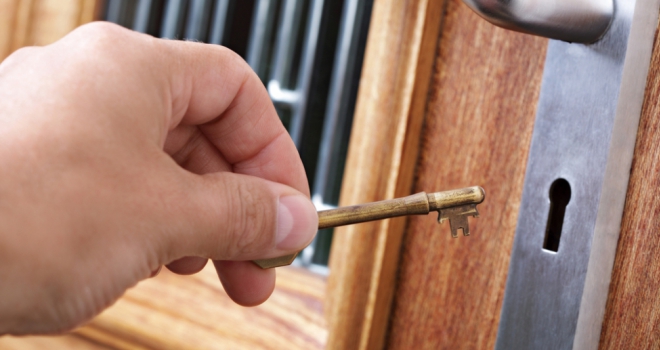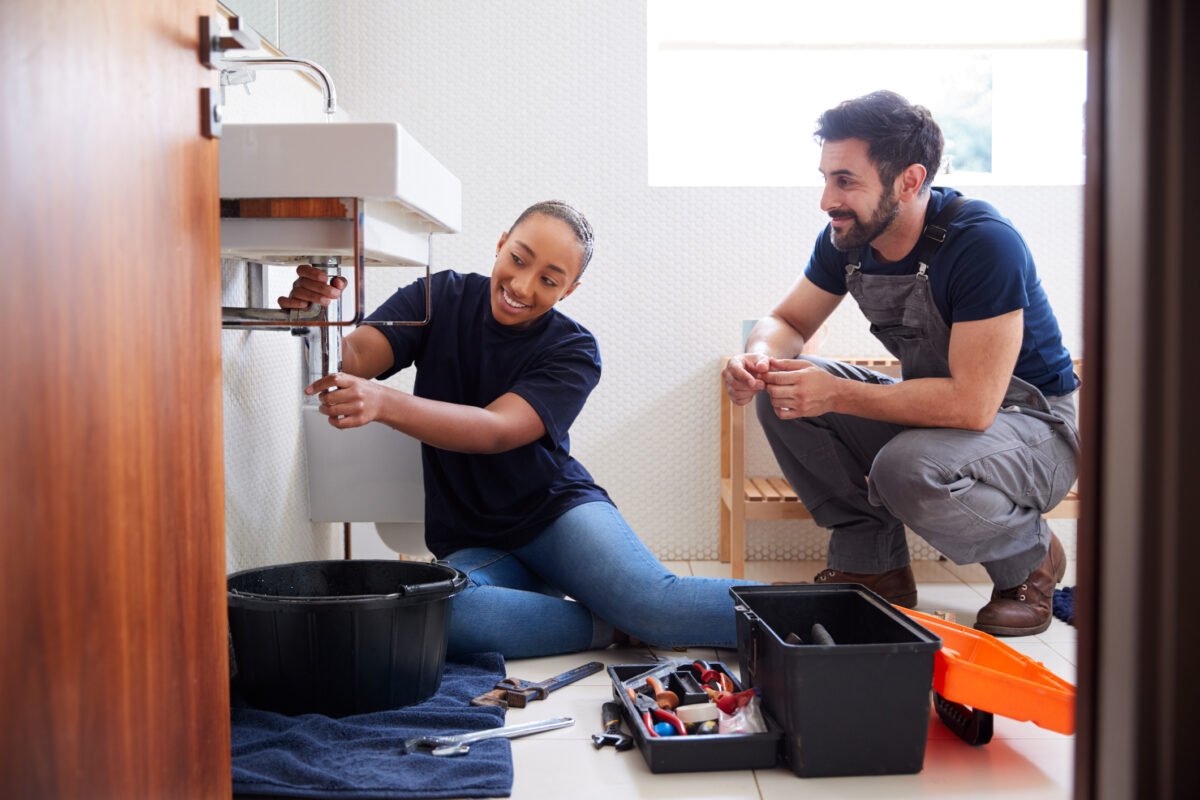Just about everyone is bound to have their own unique assumption in relation to Plumbing Maintenance and Repair in your Rental Property.

Taking care of plumbing problems in rental homes successfully is crucial for preserving lessee satisfaction and protecting the residential property's worth. Whether you're a property owner or a residential property supervisor, recognizing how to deal with these typical troubles can conserve you money and time while ensuring conformity with lawful duties. Below's a detailed guide on how to deal with plumbing problems in rental homes.
Develop Clear Interaction
Urge lessees to report any kind of pipes concerns as quickly as they take place. Give multiple communication channels such as phone, email, or a tenant portal to make it easy for them to reach out. Prompt responses to these records can prevent small issues from rising right into significant issues.
Inform Occupants
Inform your renters about what constitutes a plumbing emergency and what does not. Provide standards on how to handle minor problems themselves, such as using a bettor to unclog a toilet. Also, inform them about what they need to stay clear of taking down drains to stop obstructions, such as grease, coffee grounds, and non-biodegradable products.
Regular Upkeep
Apply a routine maintenance timetable for all pipes systems in your leasing homes. Regular checks can aid determine and deal with issues like leakages, slow drains, or corroded pipelines before they come to be severe. Think about hiring a specialist plumbing technician to examine the properties each year or semi-annually.
Quick Reaction to Emergencies
Have a strategy in place for reacting to plumbing emergency situations. This must include having the get in touch with information of trusted plumbing solutions that provide 24/7 emergency situation repair services. Quick action is important to minimize damages in situations like ruptured pipelines or serious leakages.
File Everything
Maintain detailed records of all reported pipes issues and the activities taken to fix them. Documents ought to consist of days, summaries of the problem, interaction with tenants, and invoices from service providers or plumbings. This details can be essential for insurance policy cases, tax reductions, and lawful protection.
Use Qualified Professionals
Constantly utilize licensed and insured experts for substantial plumbing fixings and installations. This guarantees that the job depends on code and can help avoid obligation concerns in case of crashes or further damage. It likewise comforts tenants that repair work are being managed properly.
Understand Lawful Responsibilities
Know your lawful duties regarding plumbing and general home upkeep. The majority of territories call for landlords to ensure their homes are habitable and that all plumbing systems are in good working order. Failure to attend to severe problems immediately can bring about legal actions from tenants.
Tenant Reimbursements
If a plumbing issue requires immediate focus and the lessee resolves the problem on their own, have a clear plan in position for compensating prices. Make sure occupants understand they ought to acquire prior approval for higher-cost repair work unless it's an absolute emergency situation.
Preventive Upgrades
Think about upgrading older plumbing systems and fixtures to more modern-day, reliable designs. This can minimize the frequency and severity of pipes concerns and reduced long-lasting maintenance prices. It's also a selling point for possible renters that value upgrades and modern features.
Tenant Move-Out Inspections
Conduct complete pipes checks throughout move-out evaluations to guarantee that any issues are determined and dealt with prior to a new lessee relocate. This prevents disagreements with new tenants over pre-existing problems and guarantees the home is in top condition.
Conclusion
Taking care of plumbing issues in rental buildings needs a proactive technique and excellent communication with lessees. By staying on top of upkeep, responding without delay to emergencies, and making use of competent specialists, property owners can maintain their residential properties in excellent problem and keep great partnerships with renters.
How to Handle Water Damage in a Rental Property
What is Water Damage?
Water damage is harm or destruction caused by water entering areas where it is not supposed to be. It can be caused by a variety of sources and can manifest in different ways. The most common examples of water damage include:
- Leaking roof
- Plumbing leaks
- Appliance malfunctions
- Poor drainage
- Flooding
- Sewage backup
- Condensation
- Tenant negligence
- HVAC system issues
- Frozen pipes
Is water damage dangerous?
Water damage itself is not inherently dangerous, but it can lead to various hazards and health risks if not promptly and properly addressed. The severity of these risks depends on the extent of the water damage, the source of the water, and how quickly it is mitigated.
Some potential dangers associated with water damage include structural damage, mold and bacterial growth, electrical hazards, water contamination, and pest infestations. In situations where mold and mildew have gone unaddressed, mold can start to develop within 24-48 hours of water exposure, and this can impose a serious health risk to tenants. In particular, mold spores and damp conditions can lead to respiratory issues and even make existing health problems worse, such as allergies, asthma, or immune disorders.
Water Damage in an Apartment - Who is Responsible?
- If the water damage is caused by the tenant’s negligence, the tenant is responsible for the cost of repairs.
- If the water damage is caused by a defect in the property, the landlord is responsible for the cost of repairs.
- If the water damage is a result of natural causes, such as excessive rain, then the landlord is responsible, since the water intrusion likely occurred due to a defect in the property.
Landlord Responsibility water damage in rental property
Since maintaining habitability is the landlord’s legal responsibility, landlords are responsible for any resulting structural damage caused by water damage. These structural damages may include damage to walls, roofs, ceilings, and flooring. If water damage has affected the rental property’s original structure, the landlord is responsible for repairing or replacing those materials. Therefore, landlords should have property insurance that covers the structural components of their rental property so that they can receive help with the costs of covered events.
Preventative measures can also help landlords avoid massive renovations. Preventative maintenance may include conducting regular inspections to identify and address potential water damage before it becomes a major and urgent problem.
If a landlord fails to meet their responsibilities regarding water damage, it can lead to legal disputes and potential liability. Tenants who believe their landlord is not addressing water damage issues in accordance with California law can seek legal advice or contact local housing authorities for assistance.
https://www.goodlifemgmt.com/blog/water-damage-in-a-rental-property/

I hope you enjoyed reading our excerpt about How to Handle Plumbing Issues in Rental Properties. Many thanks for taking a few minutes to browse our posting. Sharing is good. Helping people is fun. Thanks a bunch for being here. Don't hesitate to come by our site back soon.
Comments on “Fixing Plumbing Problems in Rental Properties: Tips for Landlords”